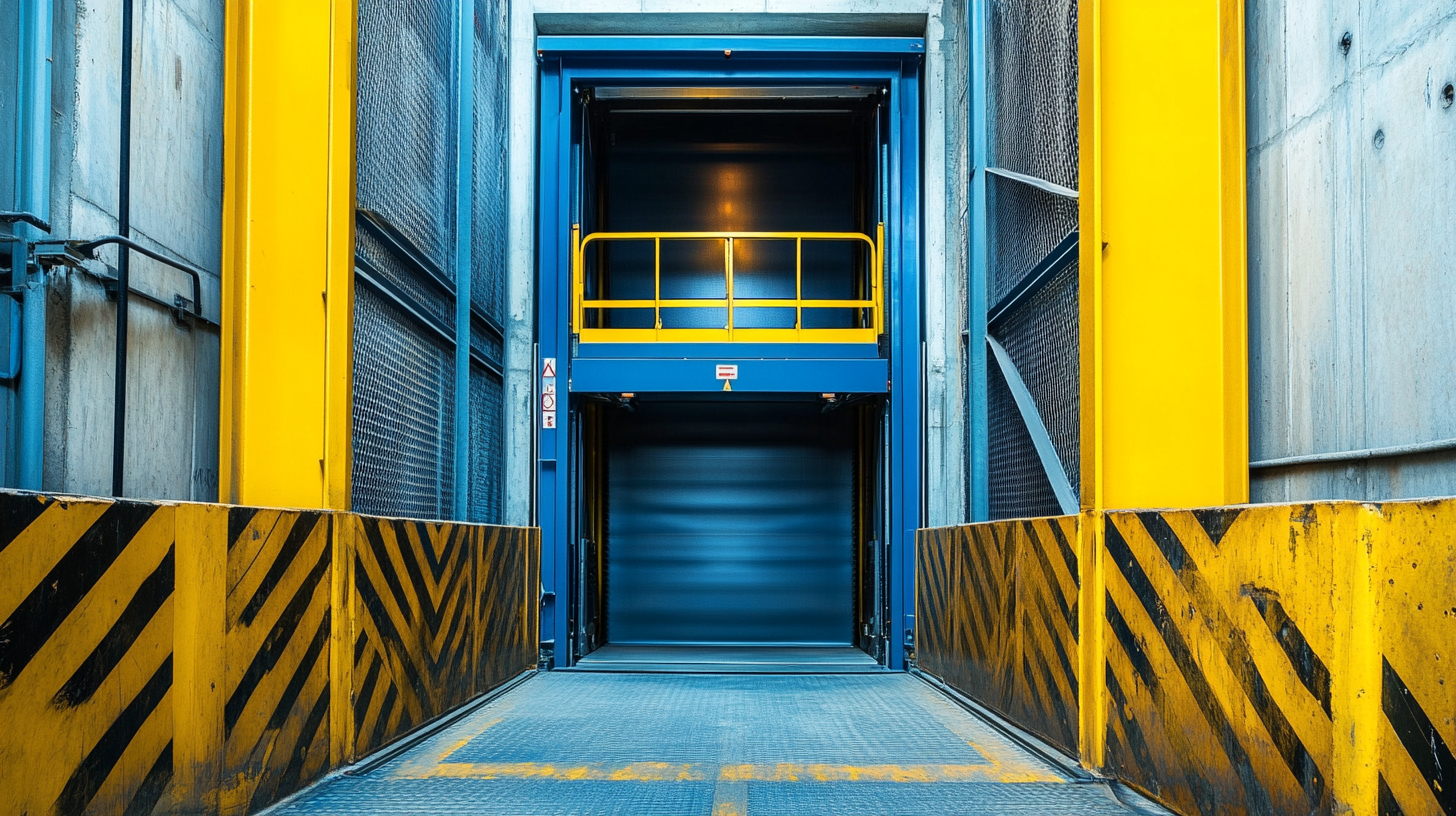China's Resilient Manufacturing Growth Amidst US China Tariff Challenges in Best Outside Wheelchair Lifts
In recent years, the trade relationship between the United States and China has been marked by stark tensions and the implementation of tariffs that have challenged many sectors of the economy. However, amidst these challenges, China's manufacturing sector has demonstrated remarkable resilience, continually adapting and evolving to meet both domestic and global demands. One notable area of growth is in the production of Outside Wheelchair Lifts, which are essential for enhancing mobility and accessibility for individuals with disabilities. As the demand for assistive technology rises, Chinese manufacturers have leveraged innovation and efficiency to not only sustain their output but also to expand their market presence. This blog will explore how the dynamics of US-China tariffs have unexpectedly spurred advancements in manufacturing, particularly highlighting the thriving sector of Outside Wheelchair Lifts and the implications for both consumers and manufacturers alike.

Impact of US-China Tariffs on Manufacturing Dynamics
The US-China tariffs have undoubtedly reshaped the manufacturing landscape, creating both challenges and opportunities. As manufacturers strive to navigate the complexities of increased costs and supply chain disruptions, many have demonstrated remarkable adaptability. For companies specializing in products like wheelchair lifts, the need for innovative strategies has become paramount. These manufacturers are exploring alternative sourcing options, investing in automation, and enhancing efficiency to mitigate the impacts of tariffs while maintaining the quality and affordability of their products.
Moreover, the tariffs have prompted a shift in the dynamics of global trade, encouraging some manufacturers to relocate production to countries with lower tariffs. This trend not only diversifies supply chains but can also foster new partnerships and markets outside of China and the US. As businesses re-evaluate their operational frameworks in response to trade tensions, they are likely to discover new avenues for growth, innovation, and resilience, enabling them to thrive in a challenging economic environment. The ability to adapt quickly to governmental trade policies will be crucial for long-term success in the manufacturing sector.

Strategies for Chinese Manufacturers to Enhance Competitiveness
In the face of ongoing US-China tariff challenges, Chinese manufacturers are adopting innovative strategies to enhance their competitiveness in the global market. One key strategy involves investing in advanced technologies such as automation and artificial intelligence. By integrating these technologies into their production processes, manufacturers can boost efficiency, reduce costs, and improve product quality, ultimately positioning themselves to meet international standards and customer expectations more effectively.
Additionally, Chinese manufacturers are increasing their focus on sustainability and environmentally friendly practices. By adopting greener manufacturing techniques, they can not only comply with international regulations but also cater to the growing consumer demand for eco-friendly products. This shift not only strengthens their market positioning but also enhances their brand reputation in a world increasingly concerned with climate change and environmental responsibility. Through these strategic initiatives, Chinese manufacturers are not only navigating the challenges posed by tariffs but are also setting the stage for long-term growth and success in the competitive landscape of global manufacturing.

Key Industries Driving Growth in China Despite Tariff Pressures
China's manufacturing sector continues to showcase remarkable resilience despite the ongoing challenges posed by US-China tariffs. Key industries are adapting swiftly, finding innovative ways to maintain growth. Among these, the electronics and automotive sectors stand out as critical drivers of China's economic vitality. The electronics industry, bolstered by advancements in technology and a strong domestic market, remains a leading force. Meanwhile, the automotive sector is undergoing a transformation, with a growing emphasis on electric vehicles, which aligns with China's environmental goals and attracts significant investments.
In addition to electronics and automotive, the machinery and equipment manufacturing sectors are also thriving. Investment in automation and precision engineering is allowing these industries to enhance productivity and reduce costs, countering any adverse impacts from tariffs. Moreover, companies are increasingly looking at expanding their supply chains within Asia, fostering regional trade and ensuring continued competitiveness. By focusing on innovation and diversification, China's manufacturing landscape is not only weathering tariff pressures but emerging stronger and more integrated with global markets.
Technological Advancements in Manufacturing: A Catalyst for Resilience
China's manufacturing sector has shown remarkable resilience despite the ongoing challenges posed by tariffs from the US. This resilience can largely be attributed to technological advancements that are reshaping the industry. With innovations such as AI and digital connectivity, manufacturers are not only enhancing efficiency but also fostering a culture of continuous improvement. These technologies act as catalysts, driving transformation and enabling companies to adapt quickly to market fluctuations.
Tips for manufacturers looking to leverage technology include investing in smart automation solutions to streamline production processes and reduce operational costs. Embracing data analytics can also provide insights into consumer trends, allowing for more informed decision-making. Moreover, collaboration with tech firms can open new avenues for innovation, ensuring that manufacturers stay competitive in a rapidly evolving landscape.
Furthermore, the focus on sustainable practices through innovative technologies can position companies favorably in both domestic and international markets. Implementing green technologies not only aligns with global sustainability goals but also attracts a growing number of environmentally conscious consumers. By harnessing these technological advancements, China's manufacturing industry can continue to thrive despite external pressures.
China's Manufacturing Growth Breakdown (2023)
Future Outlook: How China Can Sustain Manufacturing Growth Amidst Challenges
China's manufacturing sector has shown remarkable resilience, especially in the face of ongoing tariff challenges from the US. According to the latest report from the National Bureau of Statistics of China, the manufacturing PMI (Purchasing Managers' Index) remained above the 50 mark, signaling expansion, despite the pressure of international trade conflicts. In 2022, China’s manufacturing output grew by 6.2%, driven by robust demand for technology and healthcare products. This growth is particularly evident in sectors like electric vehicles and medical devices, where strategic investments and innovation have positioned China as a leader in manufacturing capabilities.
Looking to the future, sustaining this momentum is crucial. Industry analysts project that the Chinese manufacturing sector could benefit from increased automation and AI technologies, which could improve efficiency by up to 30% within the next five years. Moreover, diversification of export markets and a shift towards higher-value products will be essential to mitigate the impact of tariffs. The Ministry of Industry and Information Technology emphasized the importance of fostering small and medium-sized enterprises, which contribute approximately 60% to China's GDP, as a vital aspect of maintaining manufacturing growth amidst external pressures.